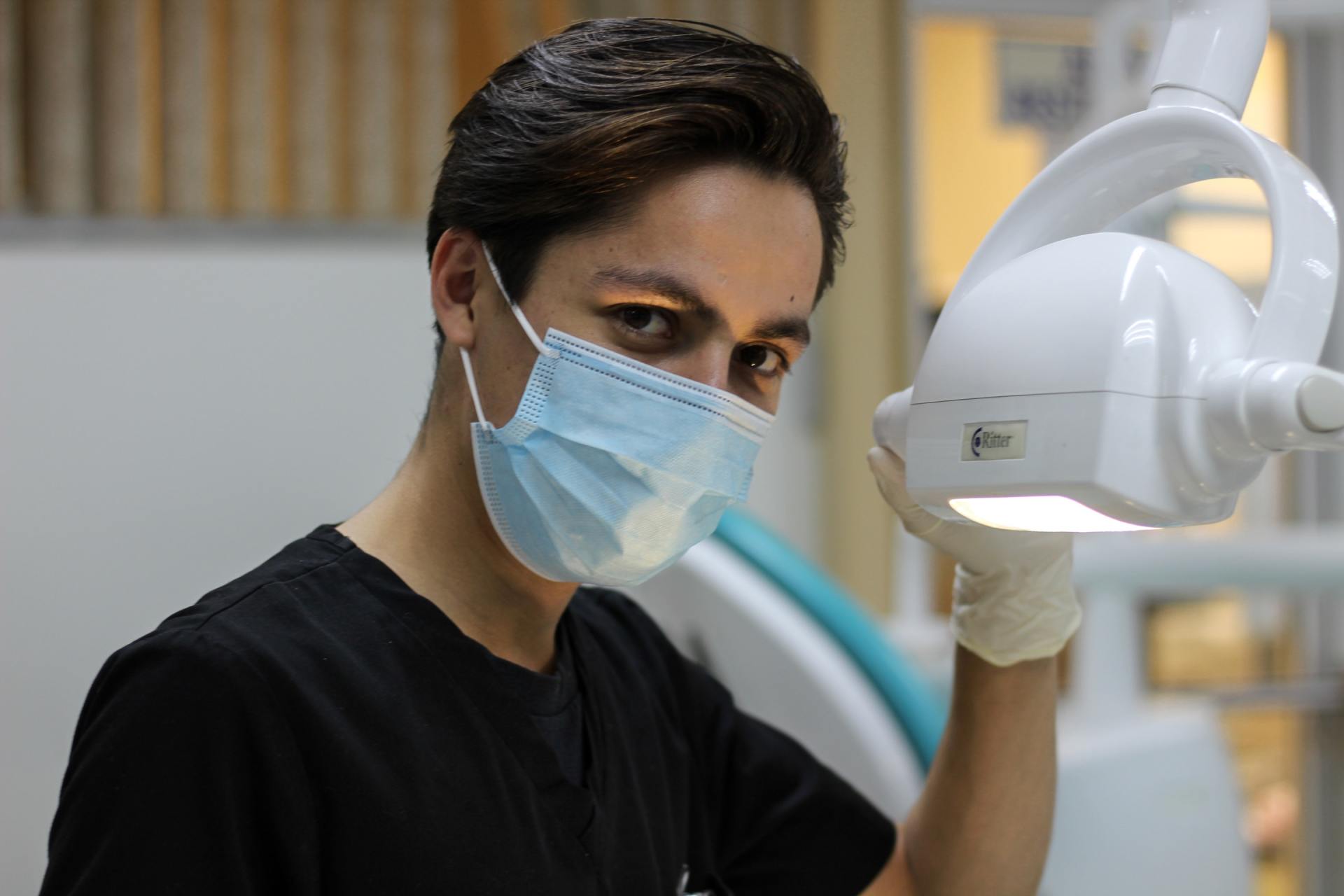Laser-Assisted Cataract Surgery has come to Southwestern Idaho!
Ask any scientist or engineer, and they will tell you that nothing matches the precision of a laser.
Traditional cataract surgery has always involved the use of sharp handheld instruments inside of your eye. The ancient method employed by the Egyptians and Chinese was to use a hot needle to move the cataract out of the visual axis to restore some sight to the blind. More modern methods use bent needles or sharp forceps to create a circular “manhole” type of opening from which the surgeon extracts the cataract from within your eye. Inherent risks of the traditional method include entry and exit wounds which leak and predispose to infection, circular openings which are too small, too large, or irregularly shaped, thus interfering with post-operative visual outcomes, and/or lens stability.
One of the more common complications from traditional cataract surgery is post-operative swelling of the cornea. The endothelium is the inner layer of the cornea which is lined by pump cells, which function to maintain corneal clarity by removing extra water content from the front of the eye. By way of analogy, one can consider the optical difference between looking through a thin clear sheet of glass, such as a modern window or windshield and a thicker pain of glass like a stained-glass church window from Europe. With traditional cataract surgery, an ultrasound probe is inserted into the eye and vibrates at high frequency, delivering enough kinetic energy to break up and emulsify the lens proteins so they can be extracted through vacuum tubing. Even in the most experienced of hands, the energy applied to the eye during this step can be transmitted to the corneal endothelium, thus damaging and destroying fragile endothelial pump cells leading to post-operative corneal swelling with resultant compromise of visual clarity.
With laser-assisted cataract surgery, the laser is used to break up the lens proteins, thus mitigating the amount of energy applied to the eye by an order of magnitude, with UNPARALLELED POST-OPERATIVE CLARITY. Furthermore, with bladeless cataract surgery the laser creates self-sealing entry and exit wounds to access the lens, it creates a perfectly circular opening from which to extract the lens from inside the eye. This breaks up the lens proteins, making it TECHNICALLY EASIER AND SAFER to extract them.
ASTIGMATISM is a common imperfection in the eye’s curvature. With astigmatism, either the front surface of the eye - or the lens inside the eye - is curved differently in one dimension. In simplistic terms, the front surface of the eye is more of a football shape than a basketball shape. This causes the light rays entering the eye to bend and cause visual distortion. Low levels of astigmatism are exceedingly common. In fact, truly spherical front surfaces of the eye are quite rare. Eyeglasses and contact lenses have long been used to correct for astigmatism as well as near-sighted and/or far-sighted errors. LASIK eye surgery (which stands for Laser-Assisted In-situ Keratomileusis) has long been used to correct for astigmatism, near-sightedness and far-sightedness. LASIK (and other refractive procedures, such as PRK) use femtosecond lasers to reshape the corneal surface of the eye in order to correct astigmatism, as well as near-sighted and far-sighted errors.
The same femtosecond technology which has long been used in refractive surgeries like
LASIK , is harnessed during laser-assisted cataract surgery in order to address high and low orders of astigmatism and give patients unrivaled post-operative visual results. It is no stretch of the imagination to think of laser-assisted cataract surgery as a perfect marriage between cataract surgery and LASIK eye surgery.
In terms of the cost of the procedure, most patients are pleasantly surprised to find out that because traditional insurances like Blue-Cross/Blue-Shield, Select Health, Medicare, etc. generally cover the costs of cataract surgery, the cost of performing laser-assisted cataract surgery is generally cheaper than refractive surgery like LASIK or PRK.
If you are interested in a consultation for laser-assisted cataract surgery, we would encourage you to seek an in-person consultation with an eye surgeon at
Vision Quest Medical Center who will acquire data about your eyes and discuss in detail what one can expect, and answer any questions you might have. We have performed hundreds of laser-assisted cataract surgery procedures. There's be no adequate substitute to laser-assisted cataract surgery, simply because it is a safer, simpler procedure leading to unrivaled post-operative visual outcomes.
Summary of the advantages of laser-assisted cataract surgery:
- Unrivaled precision in addressing astigmatism
- Decreased energy applied to the eye leading to improved clarity and optics afterwards
- Improved safety, and visual outcomes because the laser performs many of the technically challenging aspects of traditional cataract surgery





